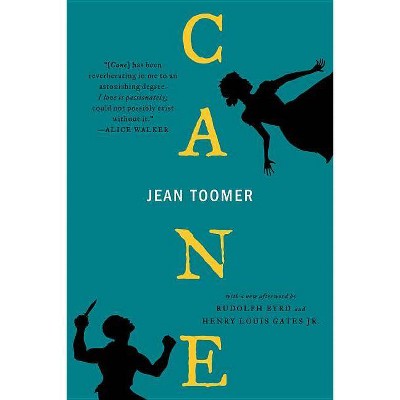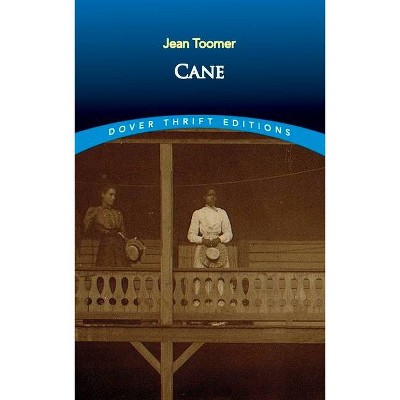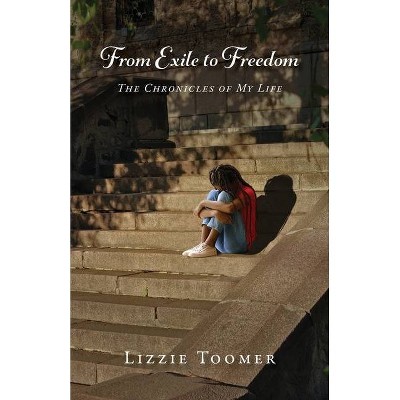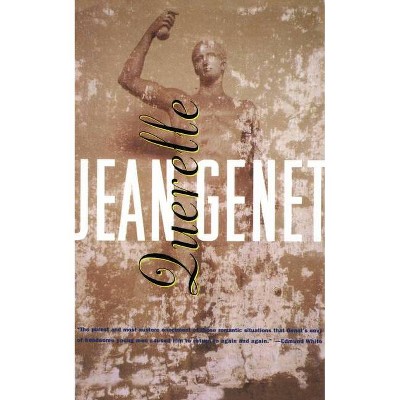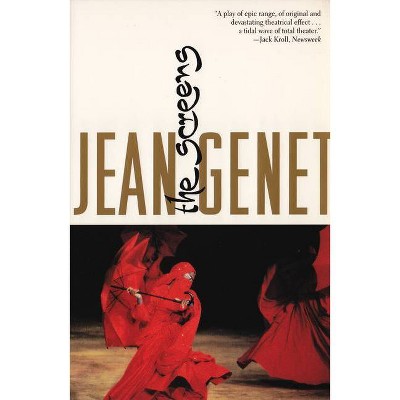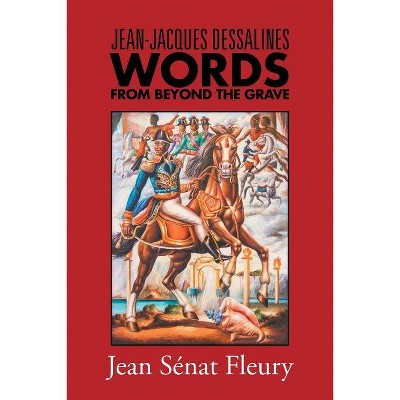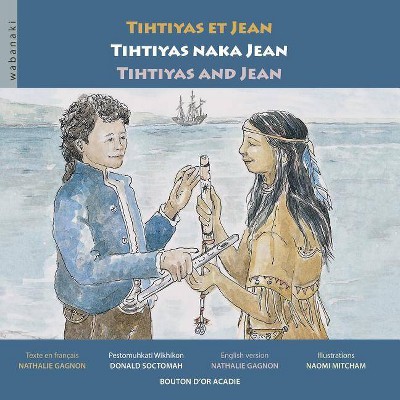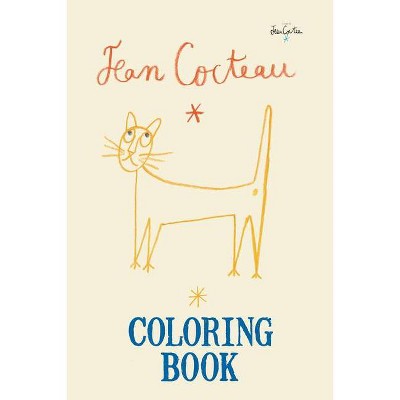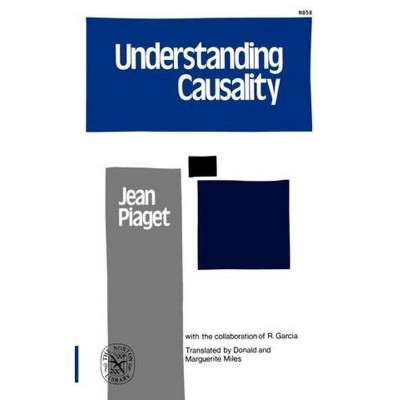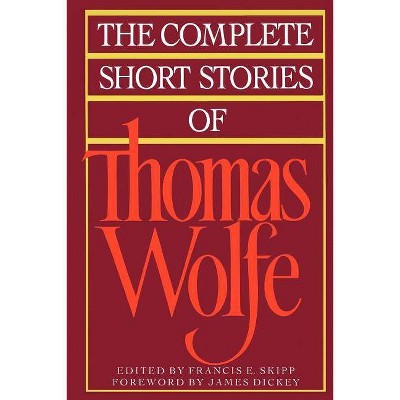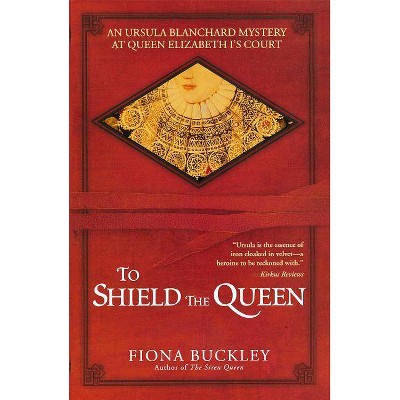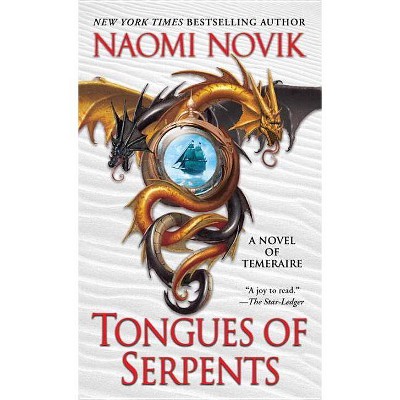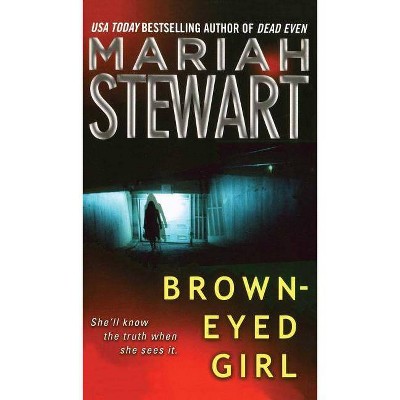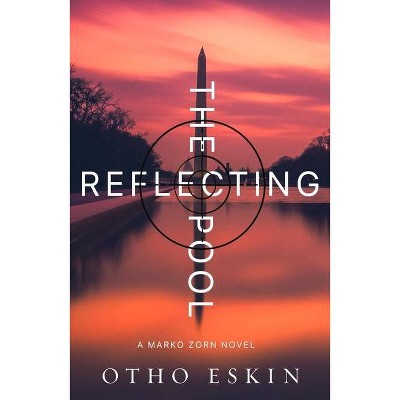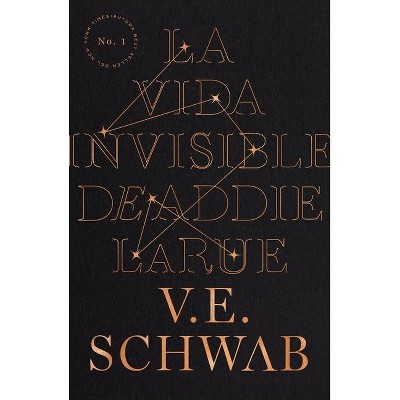Cane - by Jean Toomer (Paperback)
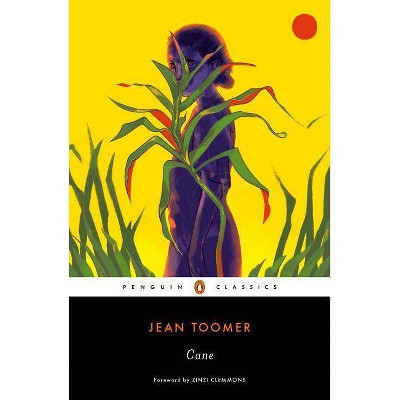
Similar Products
Products of same category from the store
AllProduct info
<p/><br></br><p><b> About the Book </b></p></br></br>"The Harlem Renaissance writer's innovative and groundbreaking novel depicting African American life in the South and North, with a foreword by National Book Foundation 5 Under 35 honoree Zinzi Clemmons Jean Toomer's Cane is one of the most significant works to come out of the Harlem Renaissance, and is considered to be a masterpiece in American modernist literature because of its distinct structure and style. First published in 1923 and told through a series of vignettes, Cane uses poetry, prose, and play-like dialogue to create a window into the varied lives of African Americans living in the rural South and urban North during a time when Jim Crow laws pervaded and racism reigned. While critically acclaimed and known today as a pioneering text of the Harlem Renaissance, the book did not gain as much popularity as other works written during the period. Fellow Harlem Renaissance writer Langston Hughes believed Cane's lack of a wider readership was because it didn't reinforce the stereotypes often associated with African Americans during the time, but portrayed them in an accurate and entirely human way, breaking the mold and laying the groundwork for how African Americans are depicted in literature. For the first time in Penguin Classics, this edition of Cane features a new introduction, suggestions for further reading, and notes by scholar George Hutchinson, and National Book Award Foundation 5 Under 35 novelist Zinzi Clemmons contributes a foreword"--<p/><br></br><p><b> Book Synopsis </b></p></br></br><b>The Harlem Renaissance writer's innovative and groundbreaking novel depicting African American life in the South and North, with a foreword by National Book Foundation 5 Under 35 honoree Zinzi Clemmons</b> <p/>Jean Toomer's <i>Cane</i> is one of the most significant works to come out of the Harlem Renaissance, and is considered to be a masterpiece in American modernist literature because of its distinct structure and style. First published in 1923 and told through a series of vignettes, <i>Cane</i> uses poetry, prose, and play-like dialogue to create a window into the varied lives of African Americans living in the rural South and urban North during a time when Jim Crow laws pervaded and racism reigned. While critically acclaimed and known today as a pioneering text of the Harlem Renaissance, the book did not gain as much popularity as other works written during the period. Fellow Harlem Renaissance writer Langston Hughes believed <i>Cane</i>'s lack of a wider readership was because it didn't reinforce the stereotypes often associated with African Americans during the time, but portrayed them in an accurate and entirely human way, breaking the mold and laying the groundwork for how African Americans are depicted in literature. For the first time in Penguin Classics, this edition of <i>Cane</i> features a new introduction, suggestions for further reading, and notes by scholar George Hutchinson, and National Book Award Foundation 5 Under 35 novelist Zinzi Clemmons contributes a foreword.<p/><br></br><p><b> Review Quotes </b></p></br></br><br>"[Toomer] is American literature's greatest, most enduring enigma. . . . But here, in this lush, bleak book, in his evocation of the world as it is instead of how it ought to be, something hardier, more useful is conveyed -- of the possibilities for epiphany, the reliable consolations of love and revenge. And in his style -- this pastiche of poem, autobiography and fable -- there is an integration of the self that the life never afforded."<br><b>--Parul Sehgal, <i> The New York Times <p/></i></b>"Over the past 95 years this Harlem Renaissance 'experiment' -- a mosaic of poems, vignettes and short stories, many of these last being shocking studies of loneliness and the longing for love -- has risen from relative obscurity to become what it always was, a groundbreaking work of 20th-century American literature."<b><i><br></i><b>--Michael Dirda, <i>The Washington Post</i></b><i><br></i></b><br><p/><br></br><p><b> About the Author </b></p></br></br><b>Jean Toomer</b> (1894-1967) was an African American novelist and poet who wrote during the Harlem Renaissance. The son of a mixed-race freedman born into slavery who later joined ranks with the mulatto elite in Washington, D.C., Toomer's lighter skin and upbringing in all-white schools and neighborhoods caused him to not identify as black or white, but rather an American who represented a new mixed race. Despite his refusal to be bound or classified by race, Toomer is considered one of the most important African American writers to come of the Harlem Renaissance, as his non-stereotypical depiction of African Americans in <i>Cane</i> (which was inspired by his time teaching at a rural school in Georgia) set a groundbreaking precedent for the honest portrayal of the black experience in America.<br/><b>George Hutchinson</b> is a Newton C. Farr Professor of American Culture at Cornell University. He is the author of <i>In Search of Nella Larsen</i>, and<i> The Harlem Renaissance in Black and White</i>. Most recently he brought to light Anita Thompson Reynolds' memoir, <i>American Cocktail: A 'Colored Girl' in the World</i>. He also edited <i>The Cambridge Companion to the Harlem Renaissance</i>.<br/><b>Zinzi Clemmons </b>was raised in Philadelphia by a South African mother and an American father. Her novel <i>What We Lose</i> earned her a spot on National Book's 5 Under 35 list in 2015 and was a NBCC John Leonard First Book Prize finalist. Clemmons lives in Los Angeles with her husband, where she teaches at the Colburn Conservatory and Occidental College.
Price History
Cheapest price in the interval: 14.79 on November 8, 2021
Most expensive price in the interval: 14.79 on December 20, 2021
Price Archive shows prices from various stores, lets you see history and find the cheapest. There is no actual sale on the website. For all support, inquiry and suggestion messagescommunication@pricearchive.us
